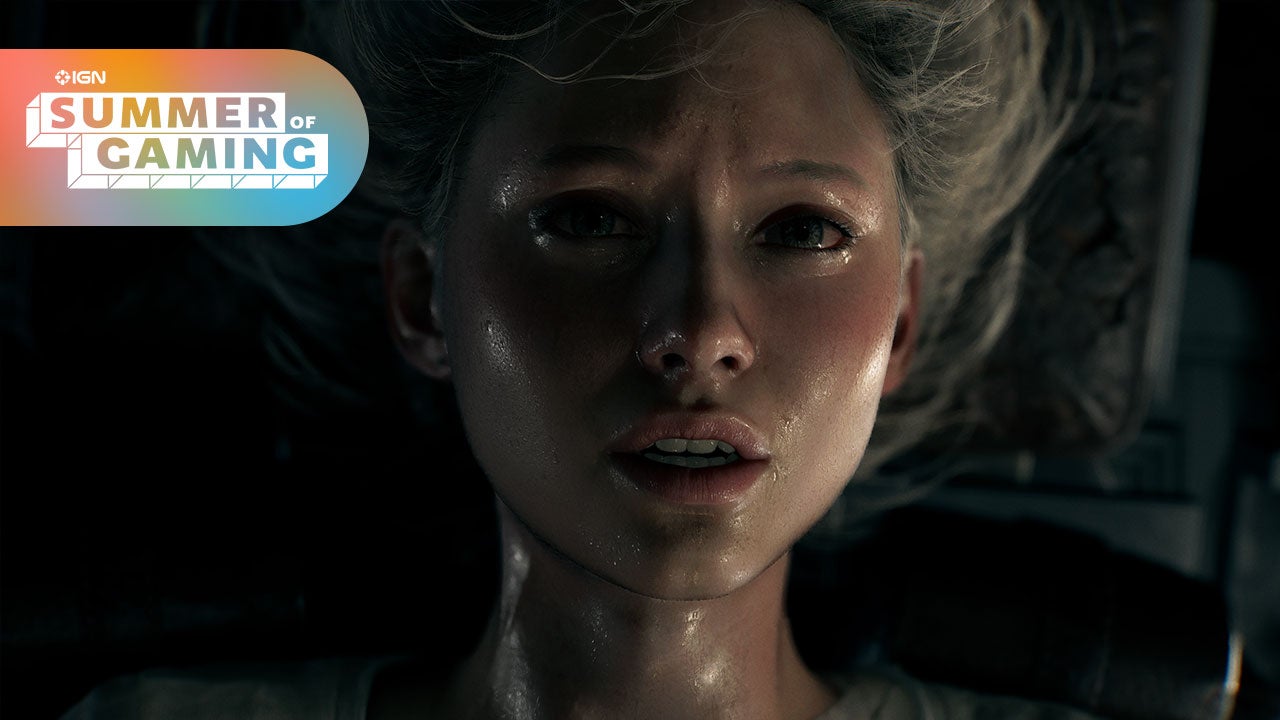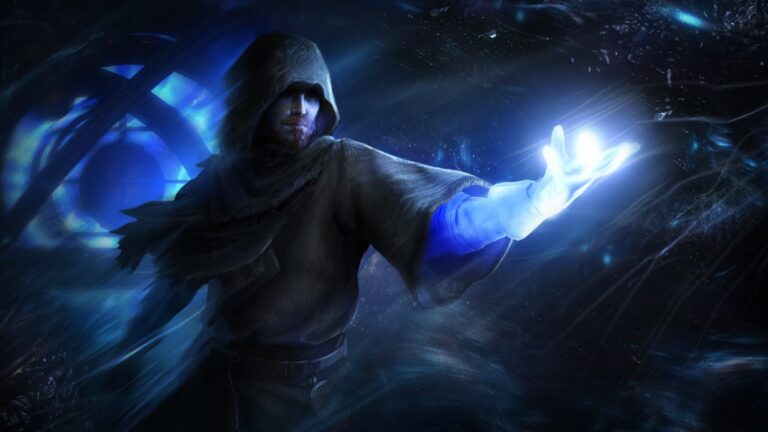Introducing Resident Evil Requiem: A New Chapter in the Series
Officially titled Resident Evil Requiem, this upcoming installment marks the ninth mainline entry in the beloved franchise. It introduces a fresh protagonist, FBI Agent Grace Ashcroft, whose story promises a new take on the series’ signature horror and survival elements. With Capcom’s latest trailer debut during the Summer Games Fest, fans were left eager for more, and early previews confirm that the game stays true to the series’ roots while exploring innovative gameplay features.
Dual Perspectives: First-Person and Third-Person Gameplay
A standout feature of Resident Evil Requiem is its ability to switch seamlessly between first-person and third-person perspectives. Unlike previous titles that committed to a single viewpoint, this game allows players to toggle perspectives instantly via the Options menu at any point during the campaign.
This flexibility is a game-changer, offering a new level of immersion and tactical choice. While changing perspectives isn’t completely fluid without a brief pause, the fact that players can do so without restarting the game is a significant innovation for the franchise.
During my hands-on experience, I explored both modes, and each offered a distinct gameplay feel. Let’s delve into what makes each perspective unique and how it influences the game’s atmosphere and tension.
Setting the Scene: A Nightmarish Medical Ward
The gameplay demo kicks off with Grace Ashcroft waking up upside down on a disturbing examination table. Her surroundings suggest a medical ward, possibly within the hotel or a different facility, adorned with classical architecture reminiscent of other iconic Resident Evil locations like the Raccoon City Police Department.
Grace starts her journey relatively powerless—armed only with makeshift weapons like glass bottles, which she can throw as projectiles. The corridors are narrow and tense, illuminated intermittently by blinking red emergency lights or pitch darkness, with some doors leading into pitch-black rooms. She eventually finds a lighter, which becomes essential for navigating the darker areas.
Capcom describes Grace as a “bookworm,” highlighting her less combat-hardened background. While she has FBI training, she’s not as battle-ready as characters like Leon Kennedy or Jill Valentine. Her vulnerability and fear are palpable, especially as she navigates the terrifying environment, often letting out calming breaths to steady her nerves. This portrayal makes her stand apart from previous heroes, emphasizing her human frailty amid horror.
Encountering the Horrors: New Monster Threats
As the demo progresses, Grace encounters a terrifying new creature that reminded me of the monster from the 2022 horror film Barbarian. This monster stalks her through the dark corridors, much like classic Resident Evil foes such as Mr. X or Lady Dimitrescu. The tension escalates as Grace’s palpable fear intensifies the experience, creating a sense of dread comparable to playing Amnesia: The Dark Descent for the first time.
This sense of terror is most pronounced when playing in first-person mode, where immersion heightens the scare factor. The game’s design ensures that encounters with these monstrosities are genuinely frightening, forcing players to decide quickly whether to fight or flee.
Switching Perspectives: Action and Horror in Harmony
Capcom revealed that players can switch perspectives at any moment, and during my testing, I found this feature incredibly versatile. In third-person mode, I attempted to evade the new monster, and while the tension of hiding and running remained, the experience felt more action-oriented. The fear was somewhat replaced by tactical considerations, such as avoiding detection or positioning for a better escape.
In third-person, Grace’s limited arsenal—mainly just bottles—became apparent as she stumbled during frantic escapes, emphasizing her inexperience and heightening the stress of each encounter. Director Koshi Nakanishi explained that while the game stays true to its survival horror roots, it also aims to evoke excitement through action, with each perspective highlighting different gameplay elements.
Visuals and Atmosphere: A Contrast of Light and Darkness
Graphically, Capcom maintains the high standards set by previous Resident Evil titles, utilizing the RE Engine to craft detailed environments filled with atmospheric lighting and shadows. The contrast between illuminated and dark spaces creates a foreboding atmosphere, with moments where Grace turns on hallway lights only for them to cast minimal illumination, leaving ominous shadows lurking in the darkness.
Conclusion: A Revolutionary Approach to Resident Evil Gameplay
With Resident Evil Requiem, players no longer have to choose between a single perspective. Capcom’s previous experiments, like the third-person mode added as DLC for Resident Evil Village, laid the groundwork for this innovative feature. The ability to switch seamlessly enhances both exploration and combat, allowing players to adapt to different horror scenarios effortlessly.
Whether in first-person for immersive dread or third-person for action-packed encounters, Resident Evil Requiem promises a fresh yet familiar survival horror experience. Its dynamic perspective system is set to redefine how players engage with the series’ signature tension and terror.










